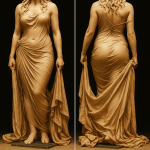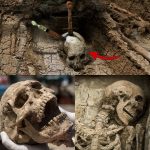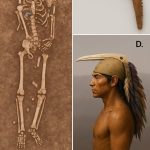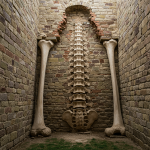Mycenae: The Great Ancient City of Greece and Its Cultural Legacy
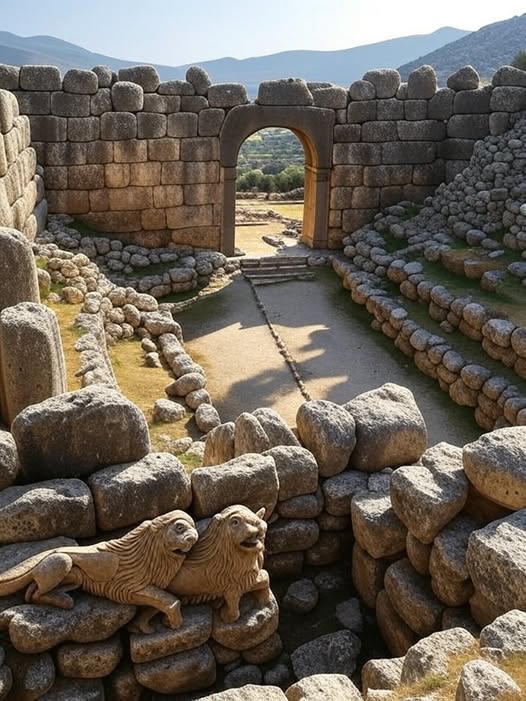
Related Movies:
Related Movies:
Related Movies:
The Ancient City of Mycenae: A Glimpse into the Heart of the Mycenaean Civilization
Located in the rugged landscapes of Greece, Mycenae stands as one of the most significant archaeological sites of the ancient world. This ancient city, flourishing between 1600 and 1100 BC, was at the center of the Mycenaean civilization, which laid the foundation for much of Greek culture and history. Its impressive ruins, including monumental structures like the Lion Gate and the massive stone walls that encircle the city, reveal a society that was not only highly advanced but also a dominant power of its time. Mycenae’s profound influence can be seen in Greek mythology, literature, and the art that continues to shape the cultural heritage of the Western world.
The Rise of Mycenae and Its Role in the Ancient World
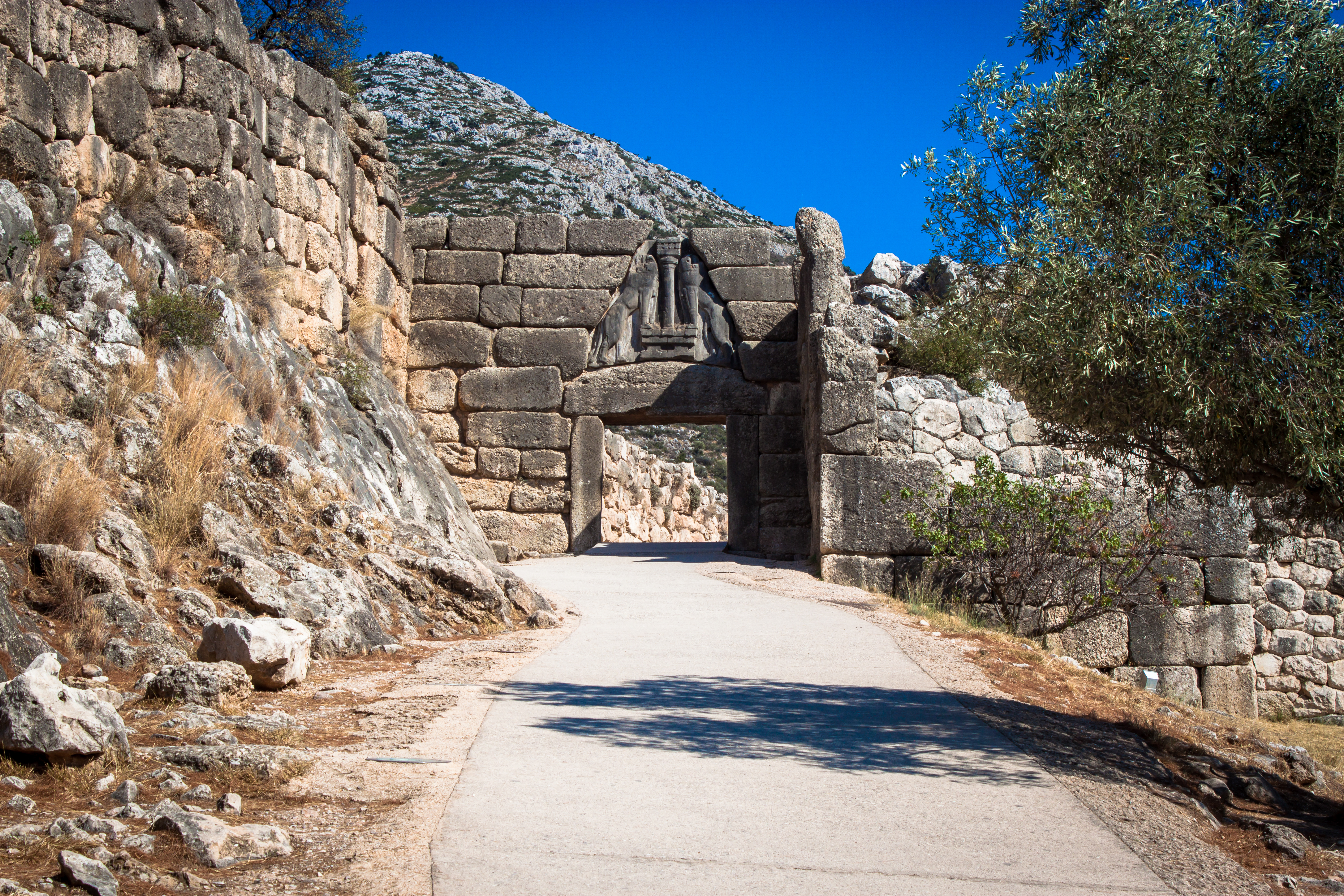
Mycenae’s rise to prominence in the late Bronze Age was fueled by its strategic location and its ability to control trade routes that connected the Aegean Sea to the mainland. Situated in the northeastern part of the Peloponnese, Mycenae was ideally placed to engage in trade with neighboring civilizations, including the Minoans on Crete, the Egyptians, and the Hittites of Anatolia. This access to trade not only allowed the city to flourish economically but also facilitated the exchange of ideas, technology, and culture, shaping the development of Mycenaean society.
The Mycenaeans were known for their warrior culture, with their leaders being powerful kings who held both military and political control. The most famous of these rulers, King Agamemnon, is immortalized in Homer’s Iliad as the leader of the Greek forces during the Trojan War. This legendary figure, though steeped in myth, is believed to have been based on real historical rulers of Mycenae, highlighting the blend of history and myth that characterizes the city’s legacy.
The Architectural Wonders of Mycenae
Mycenae’s architectural feats are among the most enduring symbols of its power and influence. The city’s fortifications, most notably its massive stone walls, were designed to protect its inhabitants from invaders, yet they also serve as a testament to the engineering skills of the Mycenaeans. The walls, built with huge limestone blocks, were constructed in a technique known as “Cyclopean masonry,” named after the legendary Cyclopes, giants in Greek mythology believed to have built these walls. The blocks, often weighing several tons, were carefully fitted together without the use of mortar, making the walls both sturdy and imposing.

One of the most iconic structures of Mycenae is the Lion Gate, which serves as the main entrance to the city. This remarkable structure, named after the two lion sculptures that adorn it, is not only a triumph of Mycenaean art but also a symbol of the city’s power and influence. The lions, depicted in a heraldic pose, stand as guardians of the city, their fierce expressions and powerful stance reflecting the strength and dominance of Mycenae. The Lion Gate is also notable for its use of corbelled arch construction, an advanced technique that allowed the Mycenaeans to create large openings without the use of arches.
Inside the walls of Mycenae lies the Palace Complex, a sprawling and sophisticated structure that housed the royal family and served as the administrative center of the city. The palace was intricately designed with multiple rooms, including reception halls, storage areas, and private living quarters. The throne room, where the king would have held court, is especially notable for its grandeur and the intricate frescoes that once adorned its walls.
The Treasury of Atreus, also known as the Tomb of Agamemnon, is another remarkable structure in Mycenae. This beehive-shaped tomb, built using massive stone blocks, was constructed for a high-ranking member of the royal family, likely one of the kings of Mycenae. The tomb’s interior is a marvel of engineering, with its corbelled roof rising to a height of 13.5 meters. The Treasury of Atreus is a testament to the Mycenaeans’ architectural prowess and their belief in the importance of monumental burial practices for the elite.
The Mycenaean Society and Culture

The Mycenaean civilization was deeply hierarchical, with power concentrated in the hands of the king, or wanax, and his royal court. Beneath the king were various officials and administrators who oversaw the city’s economy, military, and religious practices. The Mycenaeans were skilled craftsmen, producing elaborate pottery, jewelry, and weapons, much of which has been uncovered by archaeologists. These artifacts, often decorated with intricate motifs and designs, offer valuable insights into the daily life, beliefs, and artistic expressions of the Mycenaean people.
The Mycenaeans were also advanced in their writing system, known as Linear B, which was used to record administrative and economic transactions. This script, which was adapted from the Minoan Linear A script, was deciphered in the 1950s by Michael Ventris, revealing a wealth of information about the Mycenaean economy and social structure. The tablets, made of clay, detail inventories of goods, lists of officials, and records of military activities, providing a glimpse into the organized nature of Mycenaean society.
Religion played an important role in Mycenaean life, with the pantheon of gods that would later become central to Greek mythology, including Zeus, Hera, Poseidon, and Athena, being worshipped in the city. Temples and shrines dedicated to these gods have been found in and around Mycenae, indicating the religious significance of the site. The Mycenaeans also practiced elaborate burial rituals, as evidenced by the numerous tombs and burial sites scattered throughout the city and its environs.
Mycenae and Its Influence on Greek Mythology
The legacy of Mycenae extends far beyond its physical ruins. The city’s influence can be seen in the myths and legends that have been passed down through generations, particularly in the works of Homer. The Iliad and the Odyssey, two of the most famous epics in Western literature, are set against the backdrop of Mycenaean society. The Trojan War, which forms the central narrative of the Iliad, is believed to have been inspired by real historical events, though it has been heavily mythologized over time.
King Agamemnon, the leader of the Greek forces in the Trojan War, is one of the most prominent figures in these stories. His role as a powerful and tragic leader has made him a central figure in both Greek mythology and literature. His homecoming after the war, marked by betrayal and murder at the hands of his wife, Clytemnestra, is one of the most famous tragedies in Greek mythology. This myth, known as the Oresteia, has been retold in countless forms throughout history, cementing Mycenae’s place in the annals of Greek cultural memory.
The Mycenaean influence is also evident in the architectural style that would later inspire the classical Greek temples. The monumental buildings and palaces of Mycenae served as a precursor to the grand structures of the Archaic and Classical periods, including the Parthenon in Athens. The use of columns, decorative friezes, and expansive courtyards in Mycenaean architecture influenced the development of Greek temple design and set the stage for the cultural achievements of the Greek city-states.
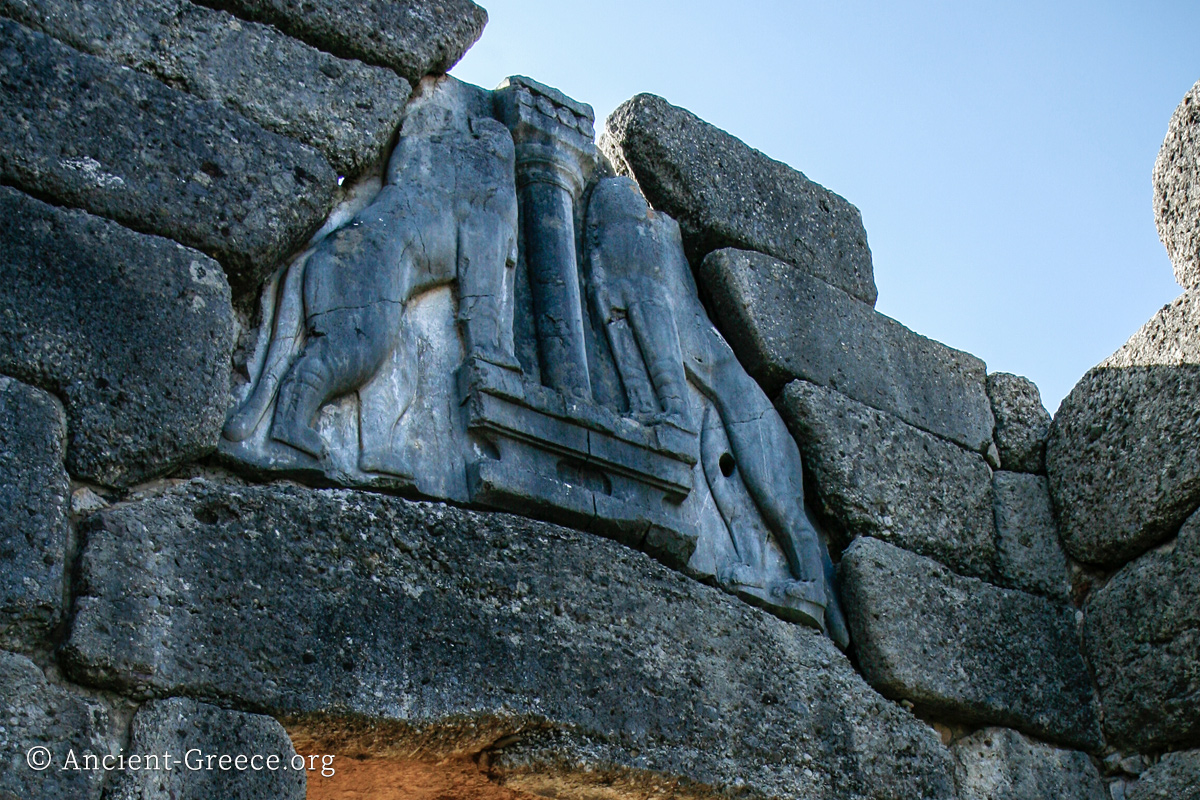
The Decline and Rediscovery of Mycenae
Despite its prominence, Mycenae eventually fell into decline around 1100 BC, along with the rest of the Mycenaean civilization. The reasons for this decline are still debated by scholars, with theories ranging from invasions by the Dorians, to internal strife, to environmental factors such as drought or famine. Whatever the cause, Mycenae’s power waned, and the city was eventually abandoned. For centuries, its ruins lay forgotten, overshadowed by the rise of other Greek cities like Athens and Sparta.
It was not until the 19th century that the ruins of Mycenae were rediscovered by the German archaeologist Heinrich Schliemann, who famously excavated the site in the 1870s. Schliemann’s work at Mycenae, along with that of subsequent archaeologists, has helped to uncover the city’s rich history and its role in the development of Greek civilization. The artifacts found at Mycenae, including weapons, pottery, and jewelry, are now housed in the National Archaeological Museum in Athens, where they continue to fascinate visitors from around the world.
Conclusion
Mycenae, with its rich history and monumental ruins, remains one of the most significant archaeological sites in Greece. The city’s impressive architecture, its role in shaping Greek culture, and its deep connection to the myths and legends of ancient Greece make it a vital part of the Western cultural heritage. As we continue to explore and study the ruins of Mycenae, we are reminded of the achievements of the Mycenaean civilization and its lasting influence on the world. The echoes of Mycenae’s past can still be heard in the epic tales of Homer, the art and architecture of ancient Greece, and the cultural traditions that continue to define the Western world today.
